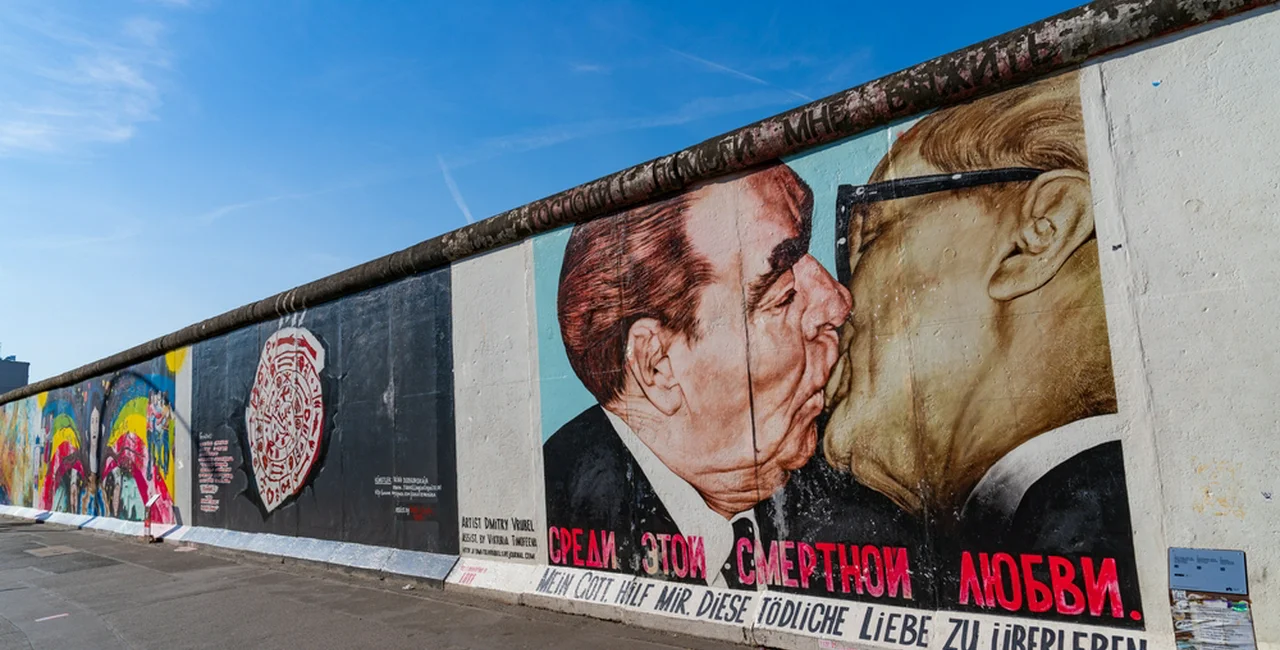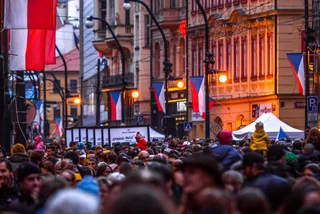Nov. 9, 2024, marks the 35th anniversary of the fall of the Berlin Wall, a pivotal moment in history that marked the end of the Cold War and the reunification of Germany. While most of the world remembers dramatic moments in Berlin on this date, historian Ilko-Sascha Kowalczuk argues that the Wall’s fall began days earlier and was directly influenced by actions from Prague.
Kowalczuk, who specializes in the history of East Germany, offers a compelling perspective on the events leading to the Wall’s fall. According to Kowalczuk, the Berlin Wall didn’t “fall” on Nov. 9, but had already effectively crumbled days earlier, when East Germany’s leadership reopened its border under pressure from Czechoslovakia.
PARTNER ARTICLE
Czechoslovakia's role in the Wall's fall
This behind-the-scenes influence of Czechoslovakia is a key piece of the historical puzzle. Since the spring of 1989, thousands of East Germans had sought refuge in Czechoslovakia, hoping to cross into the West via the West German embassy in Prague.
By late September, their wishes were granted with support from West German diplomats, including Foreign Minister Hans-Dietrich Genscher. However, the Czechoslovak government grew increasingly impatient with the influx of refugees, pressuring East Germany to relax its strict travel restrictions.
On Nov. 9, the East German government, in response to these pressures, announced new travel regulations. But when East German politician Gunter Schabowski delivered a vague statement that left the impression that the Berlin Wall was open, it set off the dramatic scenes of people tearing down the wall.
Kowalczuk argues that this was not the true beginning of the Wall’s fall—Czechoslovakia had already forced the East German leadership to act.
The harsh reality of transformation
Kowalczuk also addresses the social and political upheavals that followed reunification. He compares the German transformation with that of Czechoslovakia, calling the former more “severe,” especially in East Germany.
The transition from a communist system to a capitalist one brought deep societal anxieties, especially for the millions who had built their lives around the security of the old regime.
Today, Kowalczuk observes, East Germany serves as a “laboratory” for Europe, reflecting the broader shifts in political and social systems across the continent. He warns that the fear and radicalization seen in parts of East German society could be a harbinger for other European nations, as political shifts toward authoritarianism gain ground.
Despite these challenges, Kowalczuk views Germany’s reunification as a success story, though it came with many struggles. East Germany, now one of Europe’s wealthiest regions, still carries the scars of its past, but the achievements of the reunification process are undeniable.
Celebrations to commemorate the 35th anniversary of the fall of the Berlin Wall will take place today at the Berlin Wall Memorial. The anniversary serves not only as a reminder of Germany’s reunification but also of the crucial role that countries like Czechoslovakia played in shaping the course of history.













 Reading time: 2 minutes
Reading time: 2 minutes 


























